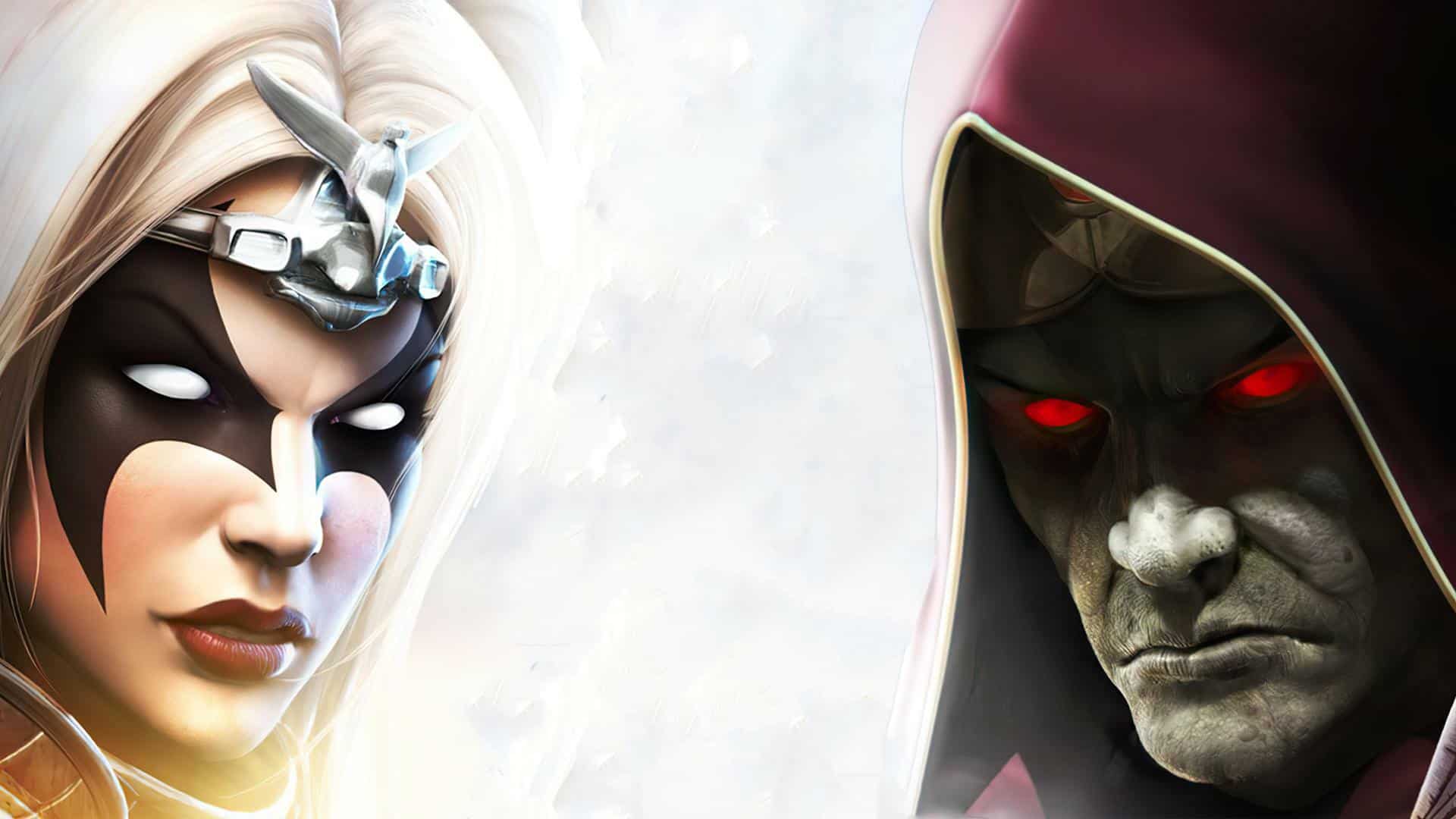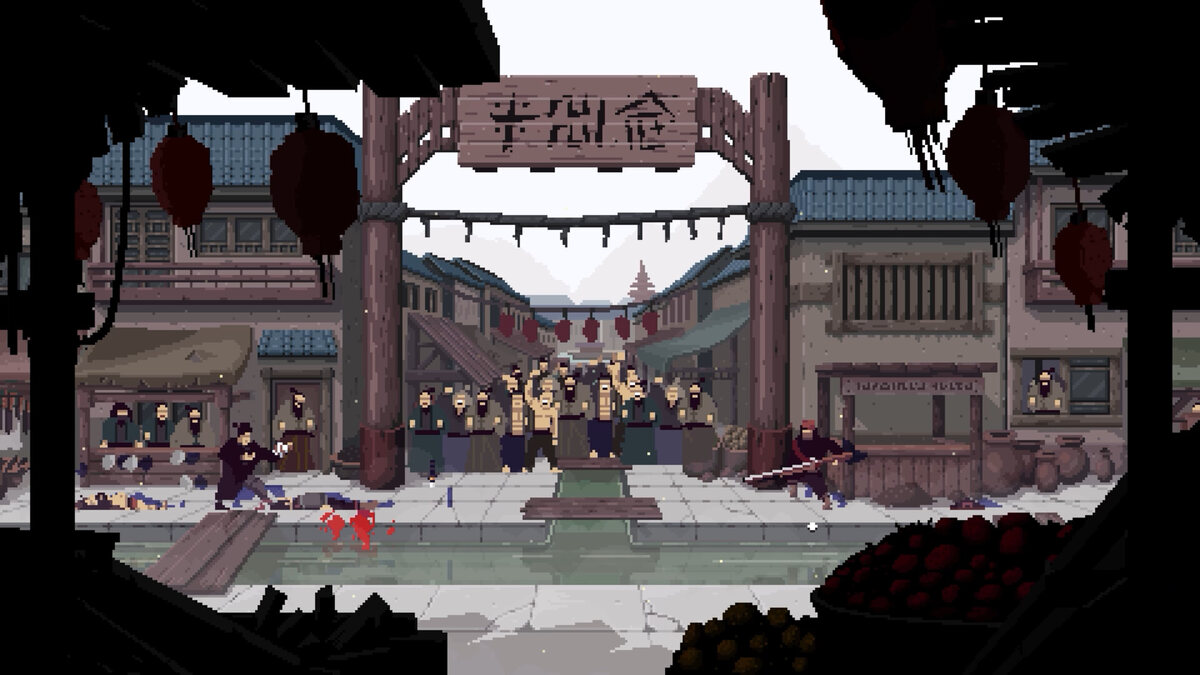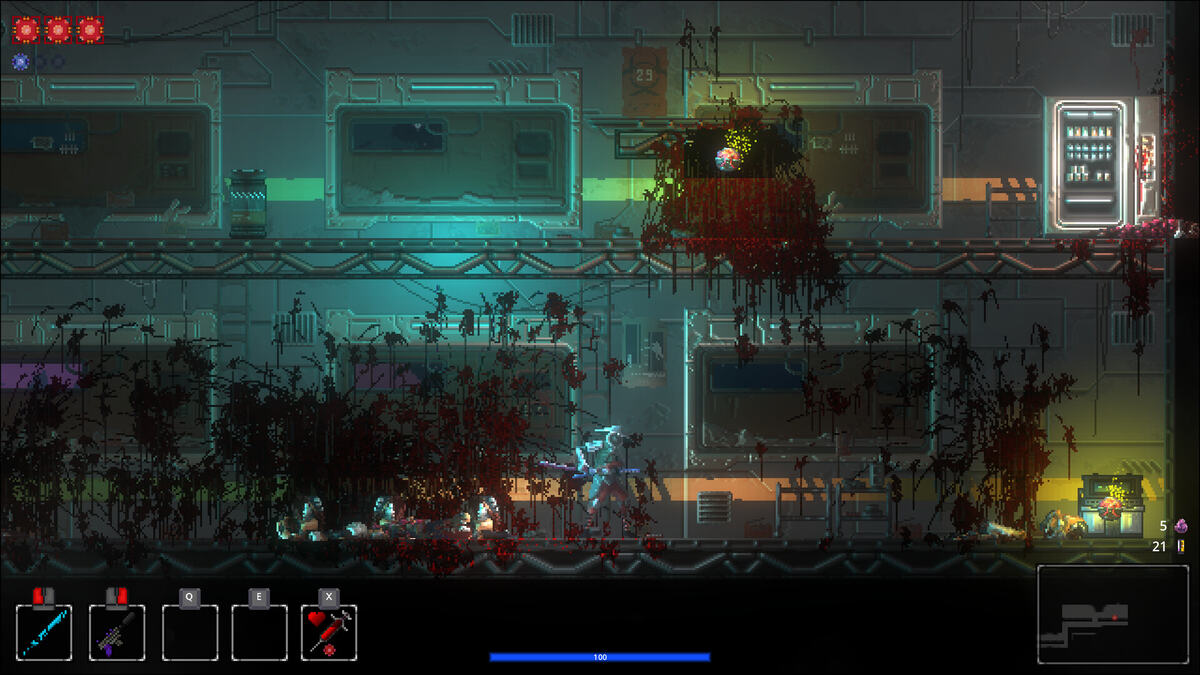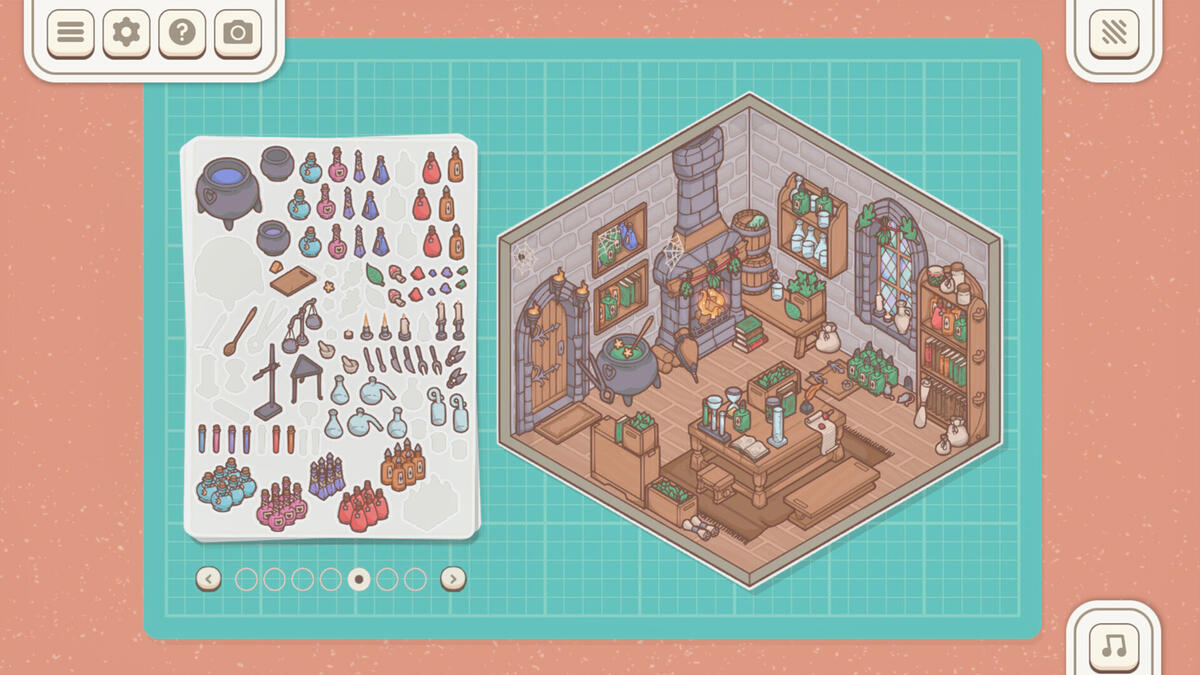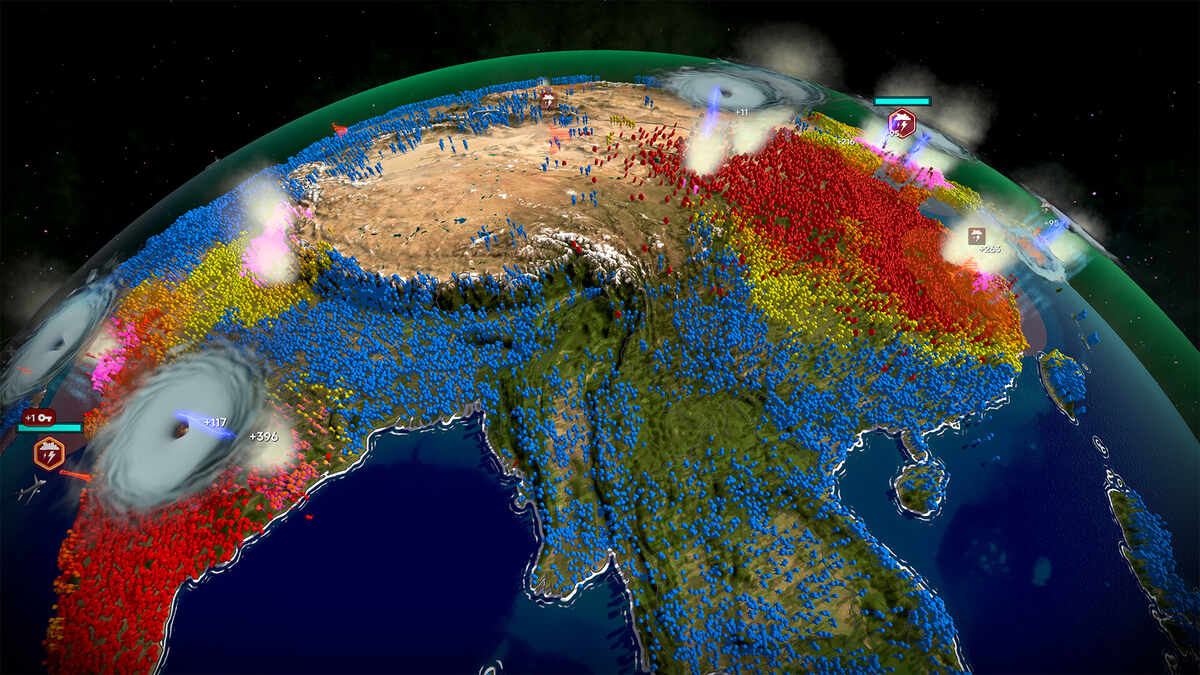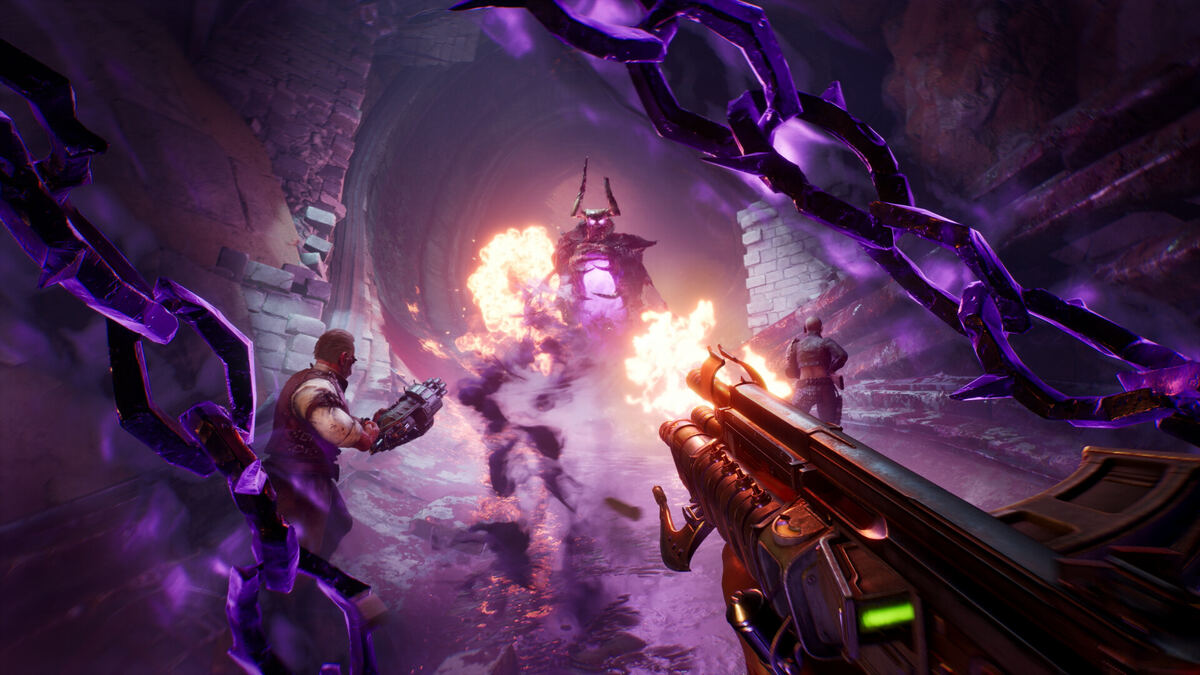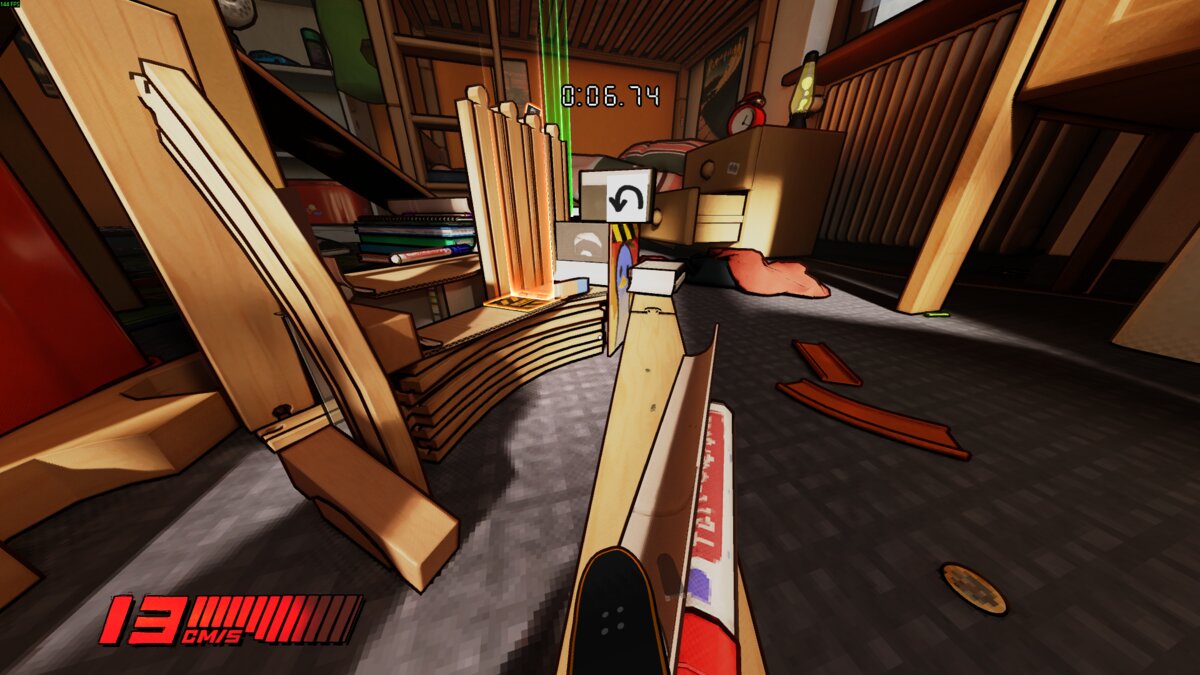You can trust VideoGamer. Our team of gaming experts spend hours testing and reviewing the latest games, to ensure you're reading the most comprehensive guide possible. Rest assured, all imagery and advice is unique and original. Check out how we test and review games here
Developer Ascaron Entertainment can only be praised for its bold approach to the games it makes. Despite being a relatively small studio, it has previously tackled the hugely popular and vastly crowded action-RPG market, and succeeded. The first Sacred game has continued to be a sleeper hit, and still has a large installed user base playing regularly.
With work well underway on Sacred 2: Fallen Angel, Ascaron are going straight for the jugular of the big league genre leaders Titan Quest and Diablo. While Blizzard’s Diablo is aging a little now, Titan Quest is still an established and recent title, meaning Sacred 2 is going to have to swim rapidly against the torrent to achieve the success of its predecessor.
Thankfully, Fallen Angel is looking like a worthy contender to tackle its rivals, offering a substantial chunk of action and exploration that will no doubt appeal to its target audience. In development since the release of Sacred in March 2004, Fallen Angel is, in terms of chronology, a prequel, set some 2000 years before the first game. It is not, however, wholly a narrative precursor, meaning newcomers can enjoy the adventure without any knowledge of the sizeable plot from Sacred.
This time around, the focus of the game is not on the human beings, who now play the bit parts in the Sacred universe. Instead, an Elven race dominates the realm of Ancaria, with their society and wealth founded on their ability to harness a potent and beneficial force known as T-Power. While T-Power may sound like a 1980’s pop duo, it is in fact an incredibly unstable energy that is beginning to escape its confines, causing rifts and divides in the Elven community that are gathering pace and developing into a fully blown civil war.
What this means for the player is that there are a number of options available in choosing which side to take, and which character to play through the game with. The scantily dressed Seraphim, who gives the game its subtitle and returns from the first Sacred release, is best described as the series’ Lara Croft. In choosing her, you embark on the game’s Light Campaign, which sees you battling for good. Decide on playing as the Inquisitor, and you can only play the ‘Dark Campaign’.
In addition to these two main options are four more playable characters, who can follow a path that tests their inclination towards good or evil. The Shadow Warrior for example, is an archetypal bad guy but still has the potential to be lead onto the path of the good.
What is most important here of course is how much of a difference there is to the overall gameplay experience due to the character you choose. Without extensive hands-on play it is hard to say, but Ascaron are confident that choosing the dark or light paths will significantly affect your experience of Sacred 2. Though the map you explore will be largely identical across both campaigns, the reactions of and interactions with the people you meet are apparently different, and many of the quests vary.
On the subject of the game’s map, it is immediately apparent from some brief hands-on time and a lengthy demonstration that the world is both vast and gloriously detailed. Realised in full 3D, up to 70% of the game world will be available from the start, and a walk across the complete map without stopping to explore and converse should take around seven to eight hours. This is made all the more impressive when you realise that Ancaria is a completely seamless world, with no loading screens interrupting your game.
If this game world sounds a little large to be any fun, alongside various ports and ships are different and imaginative mounts, each unique to a specific player character. From atop these fantastical beasts you can engage in ranged and melee combat, and each steed has a powerful set of combat skills of its own.
Player combat and movement is decidedly simple. To save on repetitive mouse clicking, Sacred 2 employs a click-and-hold system. Hold down the left mouse button and the player’s chosen character simply follows the mouse, while a quick click on an enemy sets the cursor movement to combat, meaning you can simply pan over the foes you wish to fight with.
Instead of falling back on the typically intricate magic and spells system many RPGs have previously relied on, Sacred 2 instead uses its own tailored ‘combat arts’ system. Best explained as a customisable combat system, it lets you specialise in certain powerful attacks, each easily selected on the HUD.
Each of Sacred 2’s six playable characters is substantially customisable too, and hidden costume and armour pieces litter the game world, encouraging exploration and replay on top of the longevity added by the dark and light paths. Weapons to can be tinkered with almost infinitely, bringing some extended depth to action RPG fans more interested in traditional RPG elements.
No multiplayer was available for demonstration, and details are still scarce, but with PvP, PvE, free-play and cooperative modes confirmed, and an exclusive shared-screen co-op mode for the 360 version, it certainly looks as if Sacred 2 will have a wealth of multiplayer goodness to share.
Graphically, the creatures and landscapes are very impressive at this stage in the game’s development. No two tiles that make up the various surfaces and scenery elements are the same, as each has been painstakingly custom painted by hand. Most visually impressive, however, is the architecture, which has a wonderful attention to detail and conjures up a sense of a thriving, believable world. Each building even has different types of glass from most of its counterparts, with an incredible range of different transparencies on display, from the mottled old windows to smooth curved domes, all affecting light and reflection differently. The only disappointment at this stage comes in the form of the dense fog of war that obstructs the view and breeds an unwelcome sense of claustrophobia.
With 150 quests per character, and six characters each offering around 25hrs of play time, coupled with multiplayer modes, there is no doubting that Sacred 2 is a vast game, equally matched by Ascaron’s ambition and confidence in their product. Time will tell if the end result will live up to the promises, but for now it is looking a capable game indeed.
/https://oimg.videogamer.com/images/1c4c/sacred_2_fallen_angel_11.jpg)
/https://oimg.videogamer.com/images/7025/sacred_2_fallen_angel_6.jpg)
